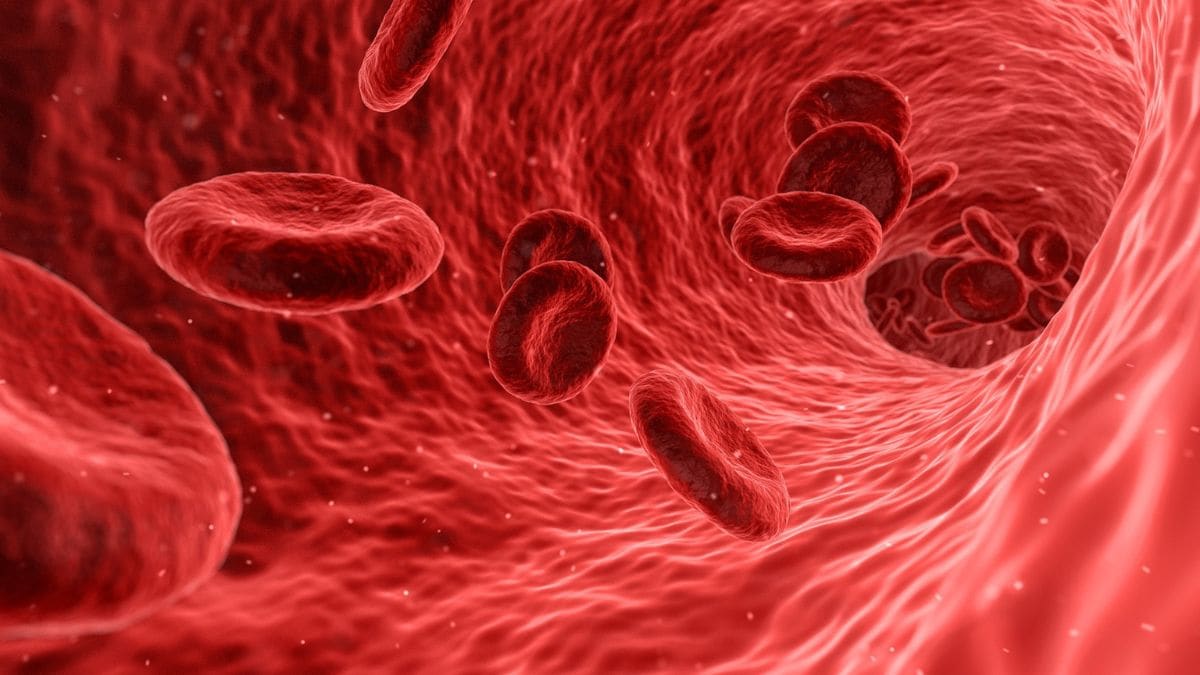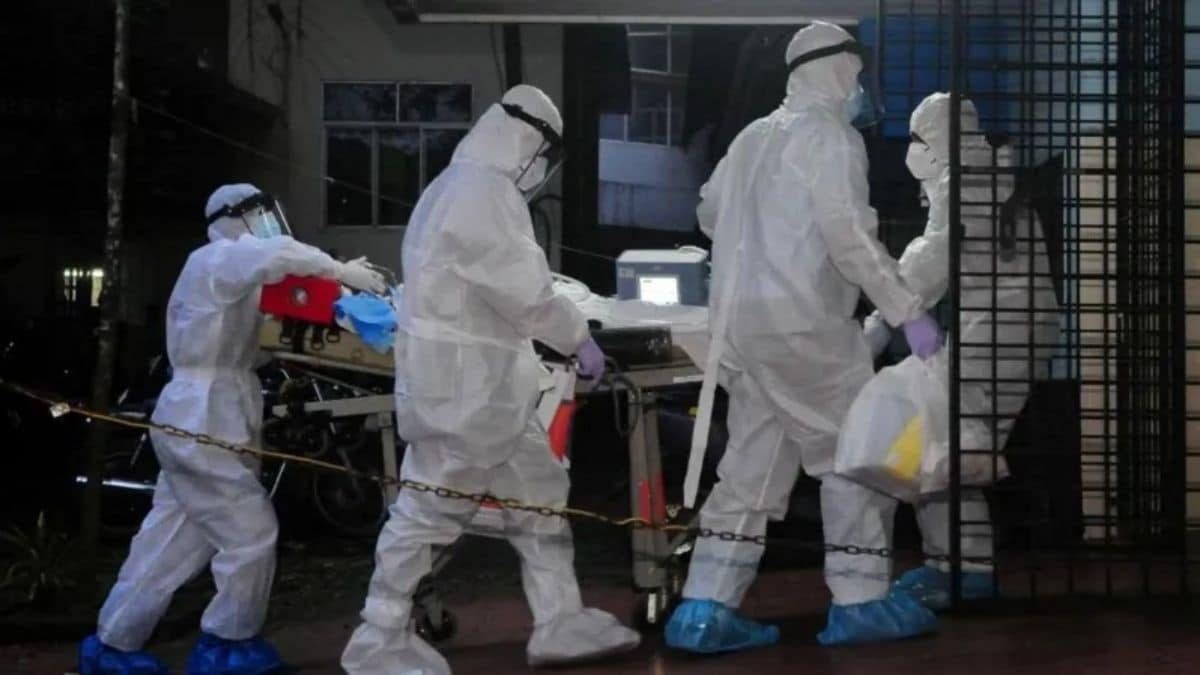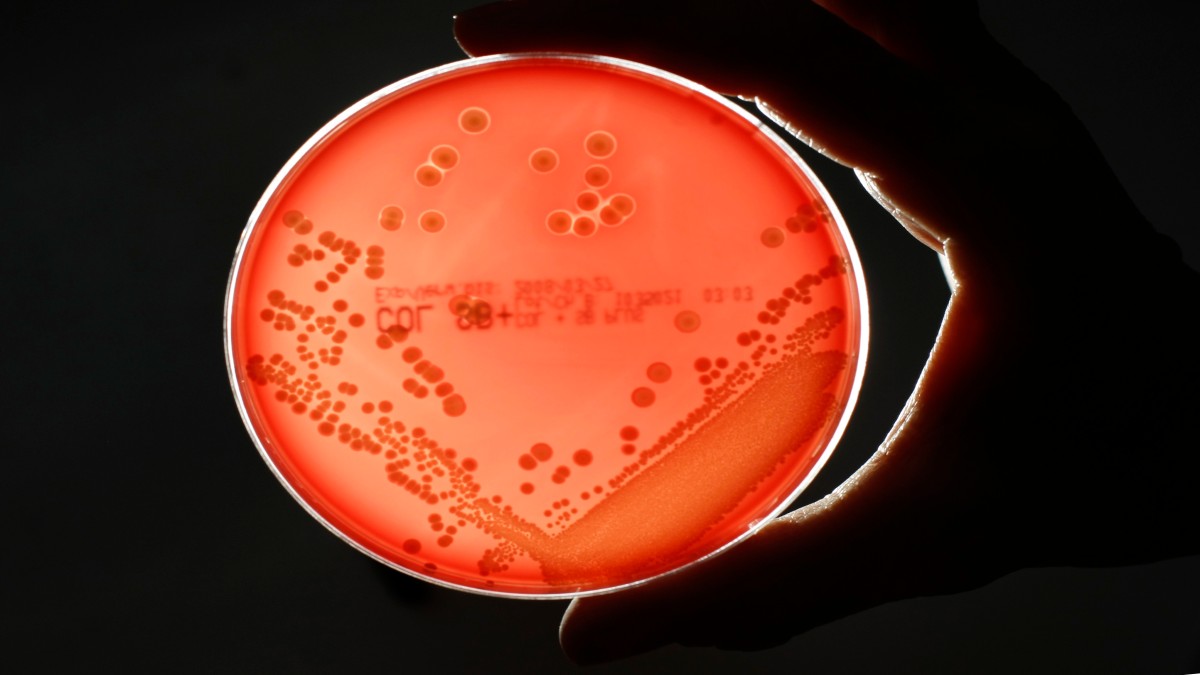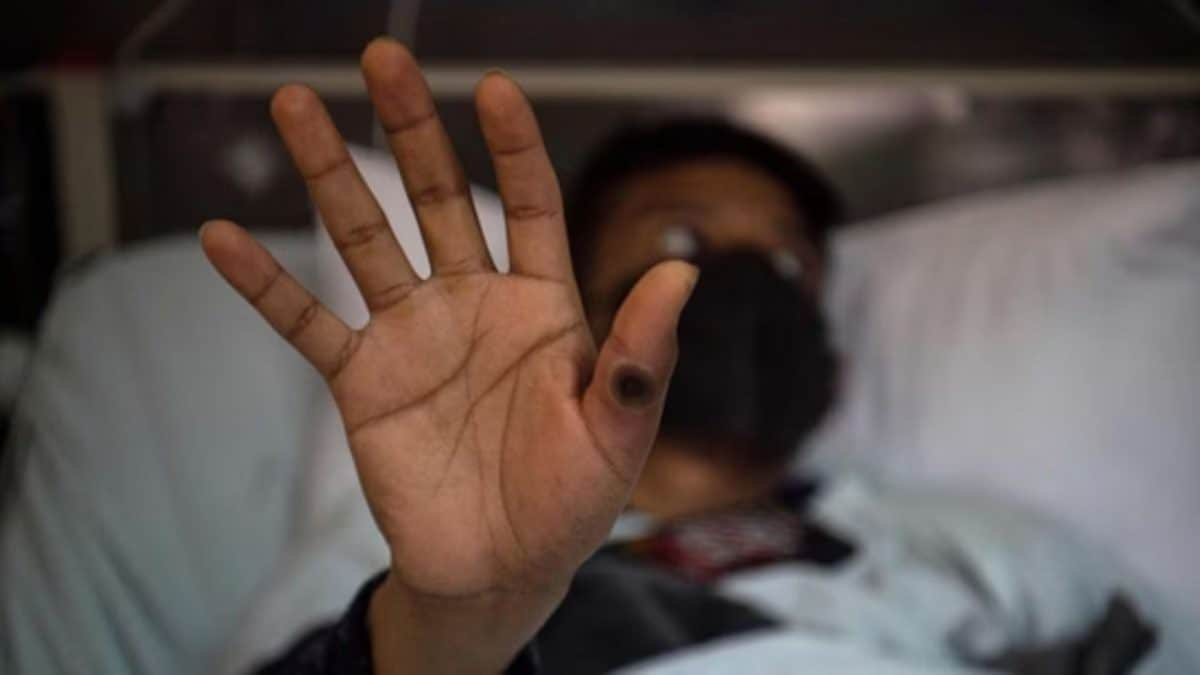The FLiRT variants are derived from JN.1, which caused a spike in cases at the beginning of the year. KP.2, one of the sub-variants in the new set, accounted for around 25 per cent of new sequenced cases during the two weeks ending 27 April. There is growing concern because of their potential for rapid transmission read more
)
A woman wearing a mask passes by a coronavirus disease mobile testing van in Washington Square Park in New York City, US. Reuters
A fresh group of COVID-19 variants has emerged in the United States.
Also, it appears at least one of them might soon be competing for the top spot in terms of transmission.
Scientists have called these variations the FLiRT.
There is growing concern because of their potential for rapid transmission.
Here’s all we know about them.
What is FLiRT?
The FLiRT variants are descended from the deadly Omicron variant but are derivatives of the JN.1, which caused a surge in cases earlier this year.
The letters of FLiRT variations originate from the technical names of their mutations: F and L are included in one, and R and T are included in another.
KP.2, one of the sub-variants in this set, is of rising concern.
According to US Centers for Disease Control and Prevention (CDC) data, KP.2 accounted for around 25 per cent of new sequenced cases during the two weeks ending 27 April.
However, according to TIME magazine, other FLiRT variations, such as KP.1.1, have not yet become as widespread in America.
The characteristics of these variants, such as their transmissibility and the severity of the disease they cause, are still being investigated.
Should we be concerned?
These variants are concerning because of their potential for rapid transmission.
Experts say this could result in diseases that are more severe than those caused by prior strains or that could partially elude the protection offered by currently available vaccines.
The KP.2 variant from the family variants is becoming more common in the US, according to Dr Eric Topol, executive vice president at Scripps Research.
He told TIME that it is too soon to say whether this would result in a significant spike in cases in the upcoming months.
“It might be a ‘wavelet,’” Topol said.
This is because, he says, individuals who have recently contracted the JN.1 strain appear to be somewhat immune to contracting it again.
Furthermore, not enough mutations have occurred in the virus to diverge significantly from earlier strains.
According to Wion News which cited the CDC, the quantity of COVID-19 viruses in US wastewater is still “minimal” at this time.
Following their recent peaks in January, hospitalisations and deaths have likewise been gradually declining.
While case counts increased globally between early and mid-April, they are still significantly fewer than they were a few months prior.
Will vaccines work?
Vaccines can still be a good protection against COVID-19.
According to The Times of India, two early studies, however, have raised questions about the FLiRT variations’ capacity to evade the immunity protection offered by vaccines.
The KP.2 variant may be less transmissible than its JN.1, according to a Japanese study that was published online before peer review, but it could pose problems since it can partially escape vaccine-induced immunity.
Similar results were found in another study conducted by researchers from China, highlighting the importance of constant vaccination advancements to stay up to date with the virus’s progression.
What does WHO say?
The JN.1 lineage, from which the FLiRT variations have evolved, should serve as a base for future COVID-19 vaccine formulations, according to a statement released by the World Health Organization (WHO) on 26 April.
With continued virus mutation, this suggestion seeks to maintain vaccine efficacy.
The basic public health advice is still the same, despite the difficulties presented by new variants: it is imperative to continue receiving current COVID-19 vaccines.
It might become necessary to update vaccines regularly, similar to how flu shots are updated annually, to maintain high levels of protection against new varieties.
With inputs from agencies

 4 months ago
12
4 months ago
12


















)
)
)
)
)
)
)
 English (US) ·
English (US) ·